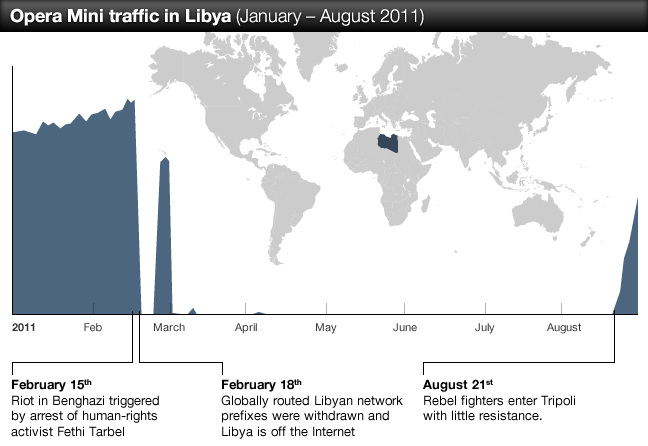Interesting glimpse into the real world of phone hacking–not the amateurish stuff we’ve been absored by in the UK–by Sharmine Narwani: In Lebanon, The Plot Thickens « Mideast Shuffle.
First off, there’s the indictment just released by the Special Tribunal for Lebanon which, in the words of Narwani,
appears to be built on a simple premise: the “co-location” of cellular phones — traceable to the accused four — that coincide heavily with Hariri’s whereabouts and crucial parts of the murder plot in the six weeks prior to his death.
Indeed, the case relies heavily on Call Data Record (CDR) analysis. Which sounds kind of sophisticated. Or is it? Narwani contends that this could have been manufactured. Indeed, she says,
there isn’t a literate soul in Lebanon who does not know that the country’s telecommunications networks are highly infiltrated — whether by competing domestic political operatives or by foreign entities.
There is plenty of evidence to support this. The ITU recently issued two resolutions [PDF] basically calling on Israel to stop conducting “piracy, interference and disruption, and sedition”.
And Lebanon has arrested at least two men accused of helping Israel infiltrate the country’s cellular networks. What’s interesting about this from a data war point of view is that one of those arrested has confessed, according to Narwani, to lobbying for the cellular operator he worked for not to install more secure hardware, made by Huawei, which would have presumably made eavesdropping harder. (A Chinese company the good guy? Go figure.)
If this were the case–if Lebanon’s cellular networks were so deeply penetrated–then it’s evidence of the kind of cyberwar we’re not really equipped to understand, let alone deal with: namely data manipulation.
Narwani asks whether it could be possible that the tribunal has actually been hoodwinked by a clever setup: that all the cellular data was faked, when
a conspiring “entity” had to obtain the deepest access into Lebanese telecommunications networks at one or — more likely — several points along the data logging trail of a mobile phone call. They would have to be able to intercept data and alter or forge it, and then, importantly, remove all traces of the intervention.
After all, she says,
the fact is that Hezbollah is an early adherent to the concept of cyberwarfare. The resistance group have built their own nationwide fiber optics network to block enemy eavesdropping, and have demonstrated their own ability to intercept covert Israeli data communications. To imagine that they then used traceable mobile phones to execute the murder of the century is a real stretch.
Who knows? But Darwani asserts that
Nobody doubts Israel’s capacity to carry out this telecom sleight of hand — technology warfare is an entrenched part of the nation’s military strategies. This task would lie somewhere between the relatively facile telephone hacking of the News of the World reporters and the infinitely more complex Stuxnet attack on Iran’s nuclear facilities, in which Israel is a prime suspect.
In other words, there’s something going on here that is probably a lot more sophisticated than a tribunal can get behind. I’m no Mideast expert, but if only half of this is true it’s clear that cellphones are the weakest link in a communications chain. And that if this kind of thing is going on Lebanon, one has to assume that it’s going on in a lot of places.


